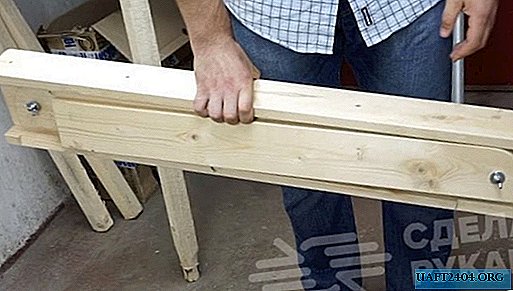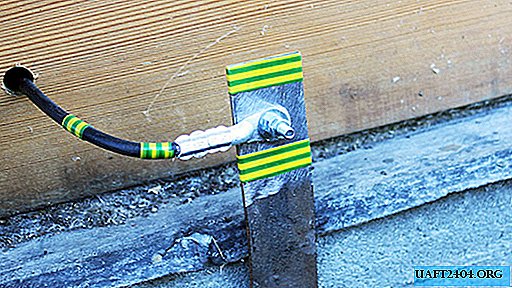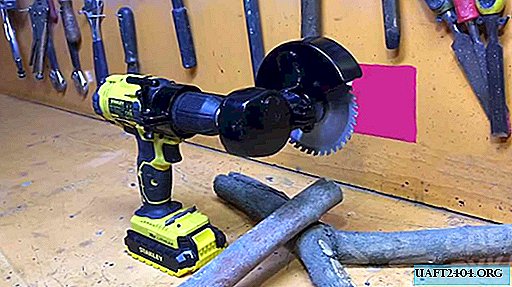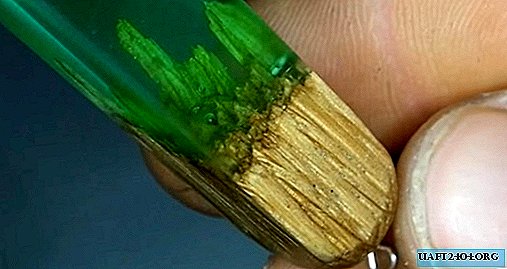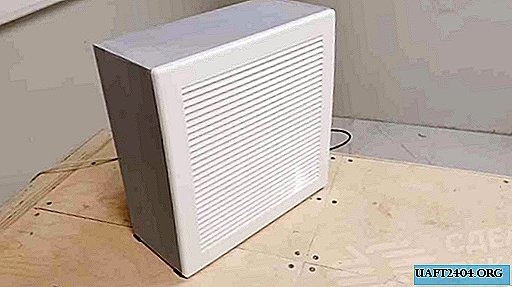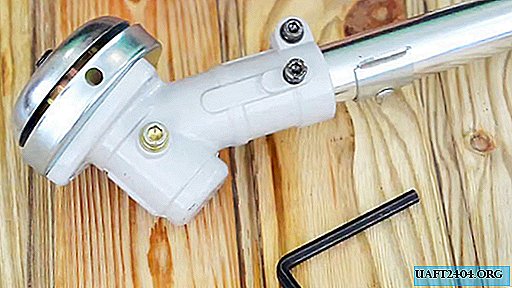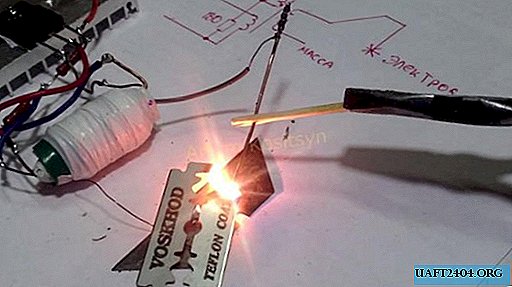
The welding machine is based on a high-voltage high-frequency converter. Built on the principle of a blocking generator with deep transformer feedback. The generator generates short-term electrical pulses, repeated at relatively large intervals. The clock frequency is in the range of 10-100 kHz.
The transformation coefficient of this circuit will be 1 to 25. This means that if a voltage of 20 V is applied to the circuit, then the output should be of the order of 500 V. This is not entirely true. Since any pulsed transformer source or generator without load has powerful high-voltage pulses, reaching a voltage of 30000 V! Therefore, if you disassemble any pulsed Chinese charging, you will see a soldered resistor parallel to the output capacitor. This is a network load, without a resistor, the output capacitor will quickly leak out due to excess voltage, or worse it will explode.
Therefore, attention! The voltage at the transformer output is life threatening!
Scheme of a mini welding machine

Necessary Details:
- The transformer is home-made, the manufacturing procedure is described below.
- Resistors - 0.5-2 watts.
- The transistor was used by FP1016, but it is difficult to find because of its specificity. You can replace the transistor 2SB1587, KT825, KT837, KT835 or KT829 with a change in the polarity of the power source. Another transistor is suitable with a collector current of 7 A, a collector-emitter voltage of 150 V, and a large gain (compound transistor).
The transistor must be installed heat sink. Although this is not shown in the diagram, it would be nice to put a filtering capacitor parallel to the source so that all the interference from the operation of the blocking generator does not get into the source.

Transformer manufacturing
A transformer is wound on a piece of ferrite rod from a radio receiver.
- Collector winding - 20 turns of 1 mm wire.
- Base winding - 5 turns with a 0.5-1 mm occasion.
- High-voltage winding - 500 turns with an excitation of 0.14-0.25 mm.
All windings are wound in one direction. First, the collector winding, on top of it the base winding. Then follows a three-layer insulation of white electrical tape. Next, we wind the high-voltage winding, 1 layer of 125 turns then insulation, then repeat. Total should be 4 layers, which is equal to 500 turns. From above, we also isolate with white tape in several layers.







Putting the circuit together. If everything is working properly, everything should start without problems. Since the operating frequency of the generator exceeds the sound frequency, you will not hear a squeak during operation, so do not touch the output of the transformer with your hands.

Start the generator with a voltage of 12 volts and increase if necessary.
The arc ignites from a distance of 1 cm, which indicates a voltage of 30 kV. High frequency does not allow a burning arc to burst, as a result of which the arc burns very stably. When using a copper electrode with close contact with another electrode, a plasma medium (copper plasma) is formed, as a result of which the temperature of arc welding-cutting increases.
Cutting and welding tests of the welding machine
We cut the razor blade with an arc.

We fuse copper wires up to 1 mm thick.

A thick copper wire was used as an electrode. It is clamped in a wooden match, since a dry tree is also a good insulator.

If you liked this small welding machine, then you can make it of both large sizes and power. But be extremely careful.
Also, to increase power, you can assemble the generator in a push-pull circuit, and even with field-effect transistors, as here - A simple induction heater of 12 V. In this case, the power will be decent.
Also, do not look at the bright discharges of the arc with an unaided eye, use special safety glasses.

